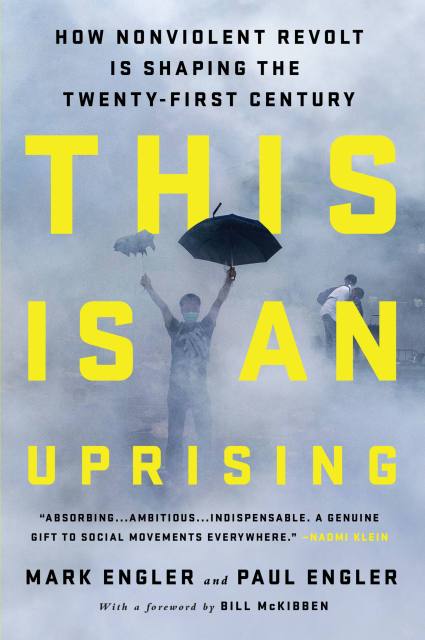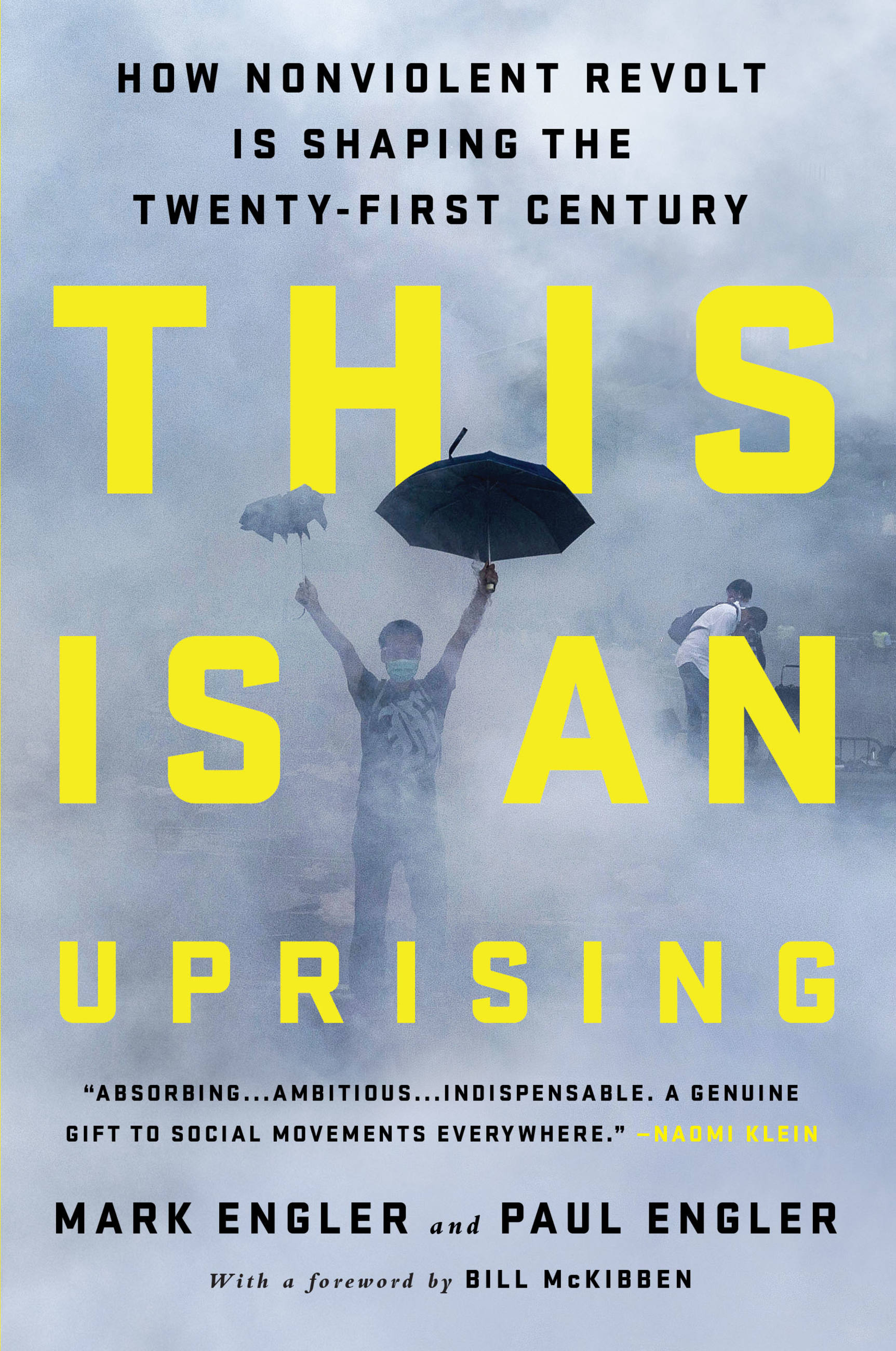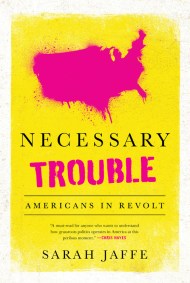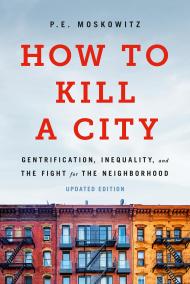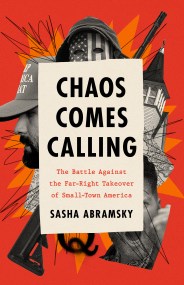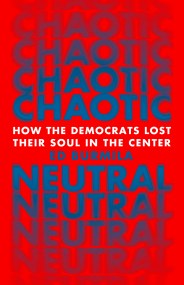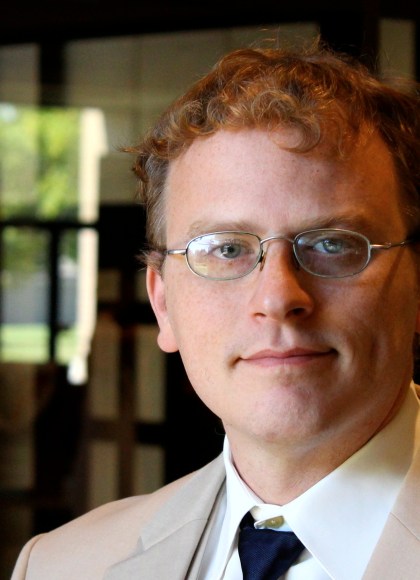Promotion
25% off sitewide. Make sure to order by 11:59am, 12/12 for holiday delivery! Code BEST25 automatically applied at checkout!
By clicking “Accept,” you agree to the use of cookies and similar technologies on your device as set forth in our Cookie Policy and our Privacy Policy. Please note that certain cookies are essential for this website to function properly and do not require user consent to be deployed.
This Is an Uprising
How Nonviolent Revolt Is Shaping the Twenty-First Century
Contributors
By Mark Engler
By Paul Engler
Formats and Prices
- On Sale
- Feb 9, 2016
- Page Count
- 368 pages
- Publisher
- Bold Type Books
- ISBN-13
- 9781568585147
Price
$11.99Price
$20.99 CADFormat
Format:
- ebook $11.99 $20.99 CAD
- Trade Paperback (Revised) $21.99 $28.99 CAD
This item is a preorder. Your payment method will be charged immediately, and the product is expected to ship on or around February 9, 2016. This date is subject to change due to shipping delays beyond our control.
Buy from Other Retailers:
“An important analysis of nonviolent strategy.”―The New York Times
From protests around climate change and immigrant rights, to #BlackLivesMatter and movements to defend democracy, a new generation is unleashing strategic nonviolent action to shape public debate and force political change.
While mass movements are often portrayed as spontaneous and unpredictable, Mark and Paul Engler explore the hidden art behind such outbursts of protest, examining core principles that have been used to spark and guide moments of transformative unrest.
Now updated with new material discussing the major mobilizations of the past decade—including #MeToo, protests for racial and climate justice, and anti-Trump resistance—This Is an Uprising shows how new protest movements can be essential in fighting authoritarianism and advancing social and economic justice today.
“This Is an Uprising shows readers how transformation really happens, and how you can help.” ―Bustle
-
“An important analysis of nonviolent strategy.”New York Times
-
“Absorbing… Ambitious… Indispensable. A genuine gift to social movements everywhere.”Naomi Klein, author of This Changes Everything and The Shock Doctrine
-
“For all those who dare to dream that truly transformational, even revolutionary change might be possible here in America in our lifetimes (but who wonder what strategies or tactics could possibly achieve a monumental shift in consciousness), this book is for you. We have more power than we realize, and the compelling stories of nonviolent movements around the world told here have much to teach us about how we can use our power wisely.”Michelle Alexander, author of The New Jim Crow
-
“Mark and Paul Engler’s This Is an Uprising is an essential resource for anyone interested in the strategies of nonviolent organizing. It is a thoughtful, well-researched, and compelling document in which the authors argue convincingly not only for the effectiveness of nonviolence resistance, but also for the need to integrate lessons taken from movements from vastly different political and social terrains.”Los Angeles Review of Books
-
“If you’ve ever wanted to know how nonviolent social movements get started, what makes them succeed, and what causes them to fail, then Mark and Paul Engler’s This Is an Uprising is the perfect read for you…. Both a collection of inspiring true stories about the world’s most influential movements and a practical guide to using nonviolence as a method of political and social change, This Is an Uprising shows readers how transformation really happens, and how you can help.”Bustle
-
“Thorough and authoritative...Both as a primer on the theory of nonviolent protest and as a practical guide to positive action, [This Is An Uprising] is an invaluable resource.”New Internationalist
-
“Thoroughly researched, [This Is an Uprising] provides a great overview of how movements succeed — and fail…. If you’re looking for a far-reaching review of both contemporary and historical movements, as well as the academic literature that helps drive them, you can’t do much better than this book.”Inc. Magazine, “12 Books That Will Help You Change The World”
-
“The year 2017 is off the election cycle so the political action is likely to move into the streets. That’s why… I’m reading This Is an Uprising, by writer Mark Engler and his activist brother Paul. The book is a deeply informative history of direct action, from Martin Luther King Jr.’s groundbreaking Birmingham, Ala., campaign in 1963 to Occupy, the Arab Spring, and Black Lives Matter.”San Francisco Chronicle
-
“A new book that should help us rethink our lives… Couldn’t recommend it more strongly.”Tom Engelhardt, TomDispatch
-
“Especially timely in the wake of protests across the United States, this book offers insight into how far we’ve come as a country and how much further we have to go.”Library Journal
-
“A usefully organized, concise history of social movements that will appeal to newer generations of activists.”Kirkus
-
“Anyone who doubts that community organizing is a significant part of the social fabric will find such assumptions dispelled by this intriguing and illuminating overview.”Booklist
-
“Engler and Engler have distilled decades of complex and often discordant theories into an accessible guide to effective lasting civil resistance and organization building. This is a book that is likely to be read and reread for years to come.”Shelf Awareness (starred)
-
“This is a landmark book—not merely a history of nonviolent resistance, but a distillation of a few key concepts. ‘Momentum-based organizing’ puts a name on something that many of us had dimly intuited. It’s a powerful method for making real change fast. And real change fast is in fact what our world requires.”Bill McKibben, author and co-founder of 350.org
-
“This book is certain to become a seminal text…. The authors brilliantly illuminate the debates between advocates of mass mobilization, organization building, nonviolence, and disruption. Mark and Paul Engler have constructed a new intellectual platform to advance our understanding of these strategic dilemmas.”Frances Fox Piven, author of Challenging Authority and Poor People’s Movements
-
“Mark and Paul Engler have compiled a true masterpiece on the history, logic, ethics, and power of nonviolent action.”Erica Chenoweth, co-author of Why Civil Resistance Works: The Strategic Logic of Nonviolent Conflict
-
“This exceptional book by two outstanding social activists has somehow managed to fuse artful story-telling, weighted social analysis, leadership know-how, together with a model of movement to gift us with a viable vision of a world that we can all live in. A compelling read.”Alan Hirsch, author of The Forgotten Ways and founder of 100Movements
-
“This might be one of the most important books on community organizing and effecting change I have ever read.”A. T. Ross, novelist
-
“This book tells the stories of the mass movements that have made our world and continue to change it, and it tells them with excitement, insight, and hope like few have told them before.”State Senator Maria Elena Durazo
Newsletter Signup
By clicking ‘Sign Up,’ I acknowledge that I have read and agree to Hachette Book Group’s Privacy Policy and Terms of Use
